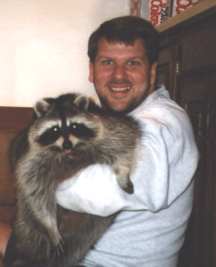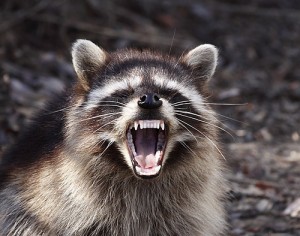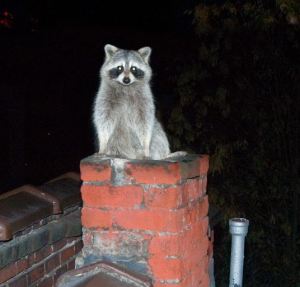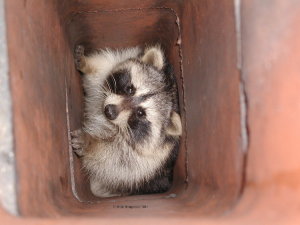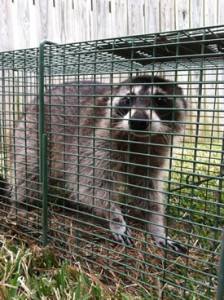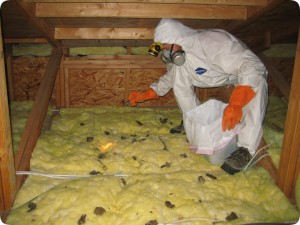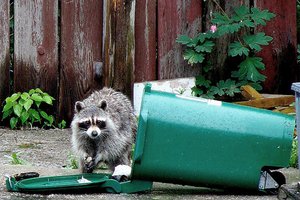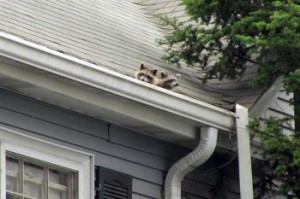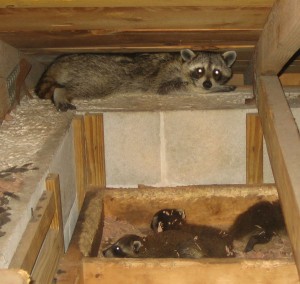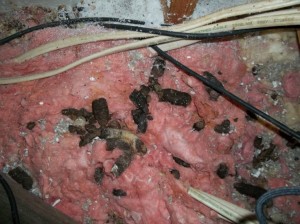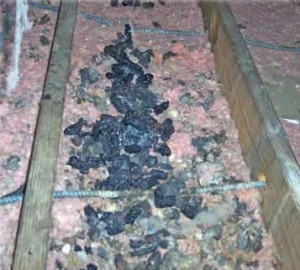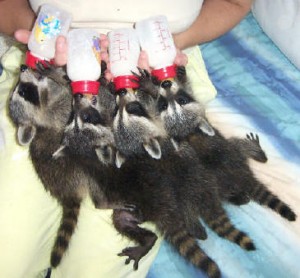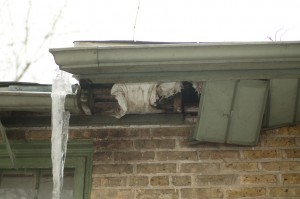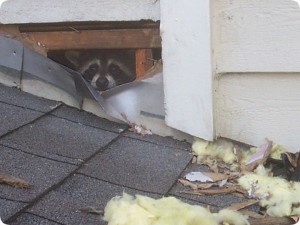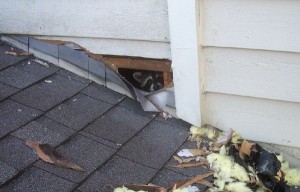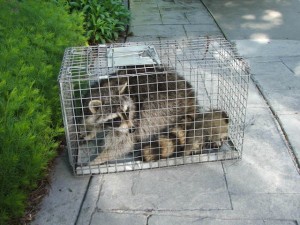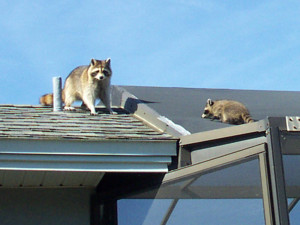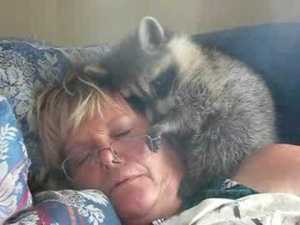 This poor little guy was probably separated from his mother at birth and is now being raised by this lady. He just wants to snuggle and stay warm, bond with her and cuddle. For a period at least he will consider this lady as his surrogate mother, but that will change as he matures. They possess dangerous claws and teeth that become very dangerous and effective weapons. They are also wild animals and can become vicious raccoons. Although they can be domesticated to some extent, why would you ever take the chance.
This poor little guy was probably separated from his mother at birth and is now being raised by this lady. He just wants to snuggle and stay warm, bond with her and cuddle. For a period at least he will consider this lady as his surrogate mother, but that will change as he matures. They possess dangerous claws and teeth that become very dangerous and effective weapons. They are also wild animals and can become vicious raccoons. Although they can be domesticated to some extent, why would you ever take the chance.
Difficult to Understand
It is hard to understand how he could grow up to be a 30 pound snarling and dangerous animal that can cause a lot of physical damage to a person. You just have to look at the picture below to see what a raccoon can do to someone’s face and body if they are provoked in some manner to attack, to defend their space or their family of pups. This girl got off lucky compared to many pictures we have seen online of people who have been attacked by raccoons. She will be scarred for life both physically and emotionally. Her life is ruined unless she can get access to a really good plastic surgeon. 
Raccoons have really strong teeth and claws that they use to open shells, nuts, etc. They are sharp and can tear and cut if they are provoked in some manner. They may look cute especially the babies, however, if there is an adult around and they think that you are endangering their babies, they will attack to drive you off. Raccoons always travel in pairs and will protect their young in the same manner. If one is removing the babies, the other may be attacking you if they feel that you are a menace.
Vicious Raccoons
Most raccoons are not that vicious unless they are provoked in some manner. They will typically ignore humans, especially in urban areas where they abound. They are used to being around humans and do not feel threatened normally. In most cases, they will just run off and will hide. The trouble starts when humans are too aggressive, the raccoons feel cornered or they have young babies to protect. This is when they can turn on you and become the vicious raccoons that they are. They have the tools to defend themselves and they will go on the attack so always give them your respect and steer clear of these animals. Call in professionals to deal with them if they are a pest in your area or worse have established a den in your attic. Never try to remove them yourself.
Raccoons will stick around if there is a food source for them. This includes garbage, food stored for other animals, bird feeders, and so on. Remove and or protect all potential sources of food for them. So that they have no reason to spend time in your area. They will move on and establish dens close to other areas of food sources. They will leave your home, pets, and children alone. If you have neighbors that leave their garbage out this will attract raccoons. You may want to mention to them that this is a source of food for raccoons and skunks. Same thing with bird feeders which also attract squirrels.

